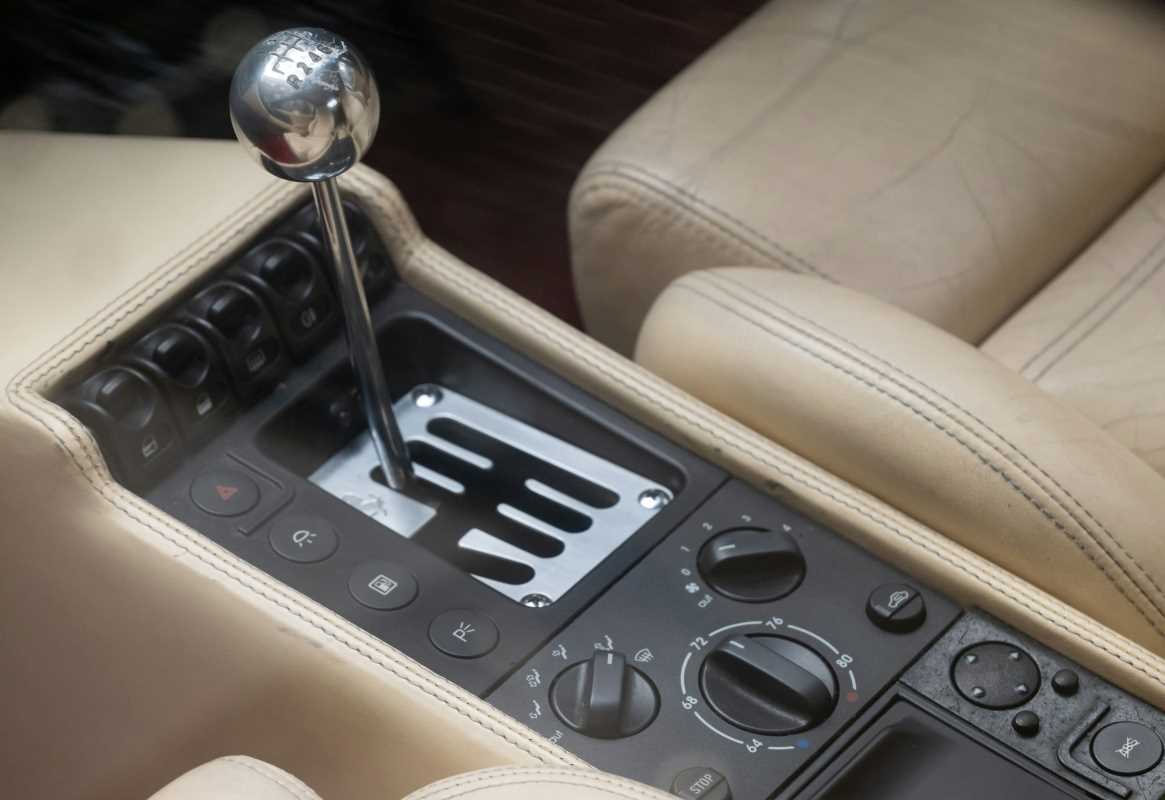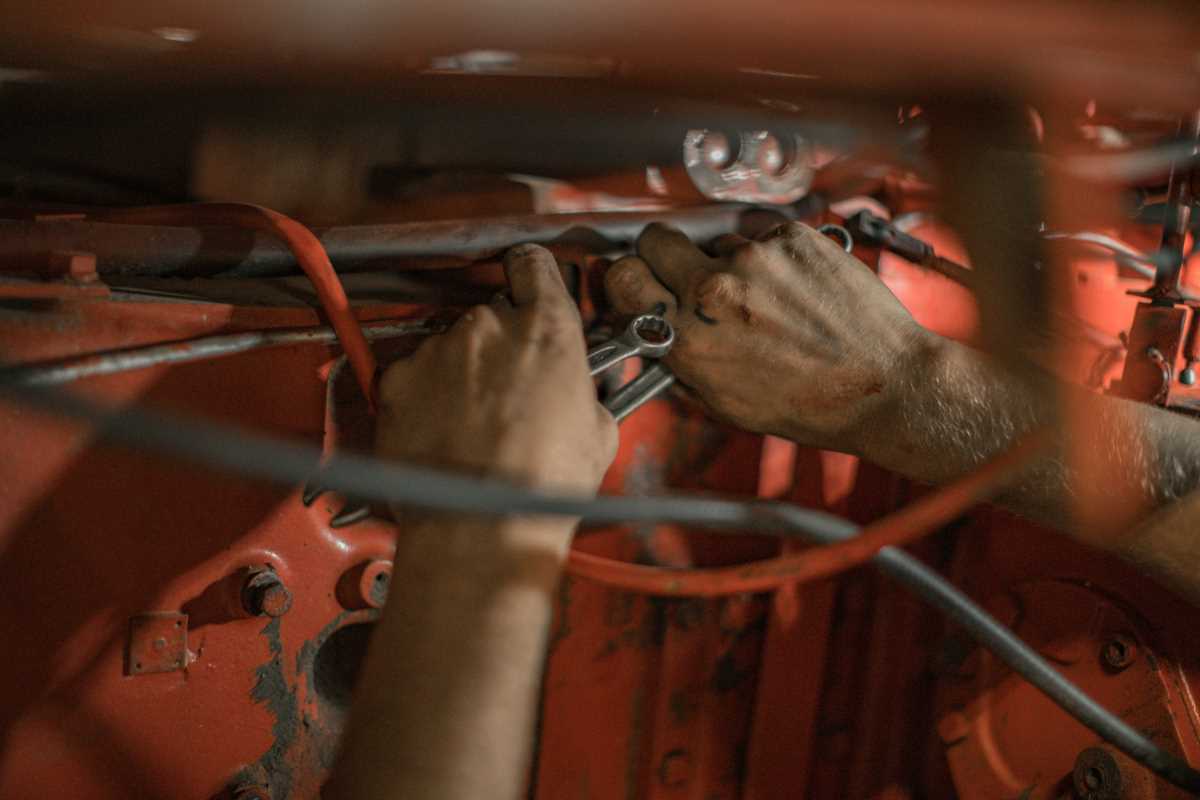Owning a car comes with its fair share of responsibilities, but staying on top of seasonal maintenance can make all the difference between smooth rides and unexpected breakdowns. Each season brings its own unique weather patterns and driving challenges, making it crucial to give your vehicle the love it needs to perform its best year-round.
Whether you’re bracing for winter storms or basking in summer sunshine, here’s a guide to keeping your car in top-notch shape through every season.
Preparing for Cold Temperatures
Winter weather puts your car to the test, and if it’s not ready to face the frosty winds, you’re in for a world of trouble. Cold temperatures can lead to dead batteries, stiffened fluids, and slippery roads, which is why preparation is key.
First, check your battery health. Cold weather affects battery performance, and the last thing you want is to hear a dreaded click when you attempt to start your car on a chilly morning. Cleaning the terminals and ensuring your battery is fully charged can keep trouble at bay.
Consider switching to winter-grade oil. Colder weather affects oil viscosity, so your engine might benefit from an oil designed to stay fluid in freezing temperatures. Check your owner’s manual for a recommended winter oil if you’re unsure.
Don’t forget your tires. Swap out all-season tires for winter ones, especially if you live in an area with heavy snow and ice. Winter tires provide better traction, preventing you from involuntarily rehearsing doughnuts in a parking lot. Also, keep tire pressure in check as it tends to drop with lower temperatures.
Spring Cleaning Inside and Out
Spring is a time for renewal, and your car is no exception. After months of enduring winter road salt, grime, and icy conditions, your car deserves a thorough clean and tune-up.
Start with a good car wash. Winter salt and dirt can stick to your car like clingy glitter, leading to corrosion and rust if ignored. Opt for a wash that includes an undercarriage clean to banish grime lurking in hard-to-reach places.
Inspect your wiper blades. Winter’s snow and ice can leave them cracked or worn, and spring showers demand a clear windshield. Replacing old wipers is an inexpensive way to ensure visibility when April’s rain does its thing.
It’s also time to check your fluids, particularly coolant and transmission fluid. Spring’s rising temperatures can overwork an engine that hasn’t seen fresh fluid in a while. Finally, give your tires a look. If you’ve been rocking winter tires, now’s the time to switch back to all-season or summer ones to maximize efficiency.
Gearing Up for Summer Heat
Summer might sound like a car-friendly season, but rising temperatures can be just as hard on your vehicle as freezing ones. A little prep ensures that your only summer breakdown involves dance moves, not engine troubles.
Air conditioning is non-negotiable during scorching months. Have your AC system inspected to ensure it’s cooling efficiently. A blast of warm air during peak summer heat is a fast track to sweat-soaked misery.
Your coolant system is another priority. Check both coolant levels and the radiator for potential leaks or clogs. An overheated engine can bring your road trip dreams to a screeching halt, so ensure everything’s running smoothly before you hit the highway.
Check your tire pressure again. Heat can cause air to expand, leading to overinflation and increased risk of a blowout. Plus, inspect your tires’ tread for signs of wear. Hot roads are unforgiving, and bald tires are an accident waiting to happen.
Fall Tune-Ups and Preparations
Fall offers a crisp, pleasant reprieve from extreme temperatures, but that doesn’t mean you can slack on car maintenance. With winter just around the corner, autumn is ideal for preventive care.
Start by inspecting your brakes. After summer road trips and heavy brake use, your pads might need replacing. Squealing or grinding noises are your car’s way of crying for help, so don’t ignore them.
Keep an eye on your battery. Cooler autumn nights signal the start of battery struggles, and testing its charge now can save you from needing jumper cables later. If your battery is nearing its lifespan (three to five years), consider investing in a new one.
Check your heating system too. While it might seem unnecessary in the slightly cool fall air, you’ll regret skipping this step when winter arrives. A functioning heater isn’t just about comfort; it ensures your defrosters can keep windows and mirrors clear, which is essential for safe driving.
Maintenance for Year-Round Peace of Mind
Some car maintenance is important no matter the season. Checking fluids, inspecting belts and hoses, and keeping your emergency kit stocked ensures you’re ready for whatever Mother Nature throws your way.
Here’s a seasonal maintenance checklist to keep handy:
- Check oil and fluid levels, including coolant, brake fluid, and windshield washer fluid.
- Inspect wiper blades for wear and replace them as needed.
- Monitor tire pressure and tread depth year-round.
- Test your battery periodically to avoid surprises.
- Keep your car clean to prevent rust and improve visibility.
By committing to these routine checks, you’ll extend your car’s lifespan and face fewer unexpected repair bills.
The Benefits of Seasonal Maintenance
Seasonal maintenance isn’t just a car chore; it’s a way to protect both your wallet and your sanity. Preventive care reduces the risk of major issues that could leave you stranded on the roadside or stuck with eye-watering repair costs.
Plus, a well-maintained car runs more efficiently, translating into better fuel economy. Those extra miles per gallon are not just good for your budget, but also for the environment. Regular upkeep also adds value to your car should you decide to sell or trade it in later.
And don’t forget the most important perk of all: peace of mind. With seasonal maintenance, you can focus on enjoying your road trips, errand runs, and daily commutes rather than worrying about whether your car will get you there safely.
Smarter Cars Need Smarter Care
Modern cars often come equipped with handy reminders for oil changes, tire rotations, and other maintenance needs. Those dashboard alerts exist for a reason, so take them seriously. If you’re unsure about when certain tasks are due, consult your owner’s manual or an online service that tracks car maintenance based on your vehicle type, mileage, and age.
Staying ahead of wear and tear doesn’t just make life easier; it keeps your car performing optimally no matter the season. Who can say no to that?
Closing Thoughts
Seasonal car maintenance might not be the most glamorous part of owning a vehicle, but it’s undeniably one of the most important. By investing time throughout the year, you ensure your car runs smoother, lasts longer, and stays on your good side.
Think of it as giving your car a spa day four times a year. It might not thank you with words, but you’ll appreciate the difference when your road trips are free from hiccups, and your wallet stays thicker without those pesky repair bills.
 (Image via
(Image via





